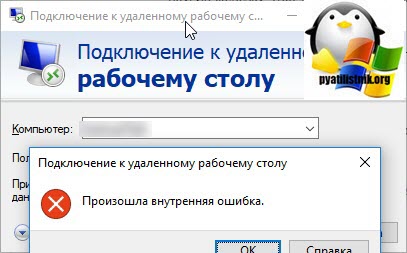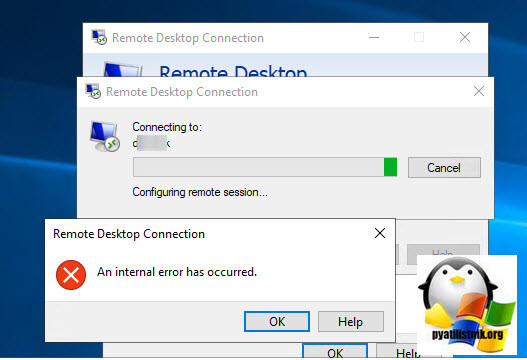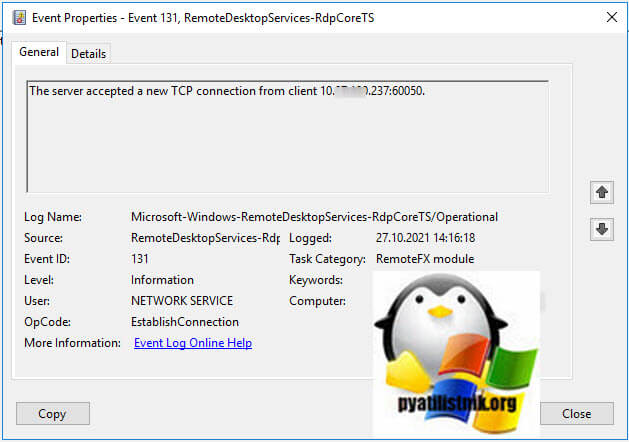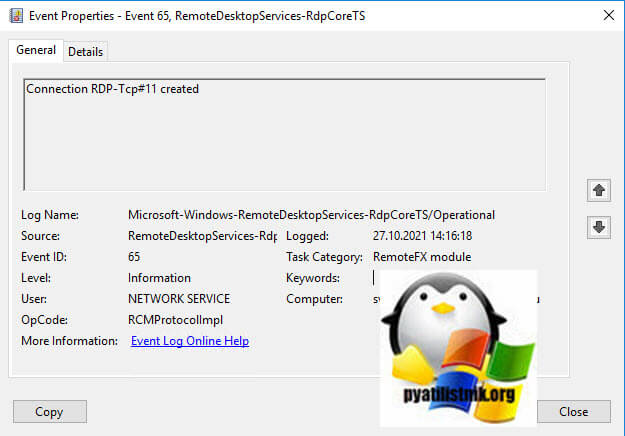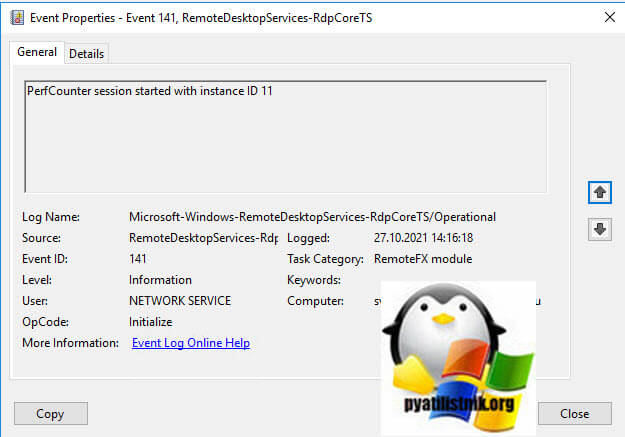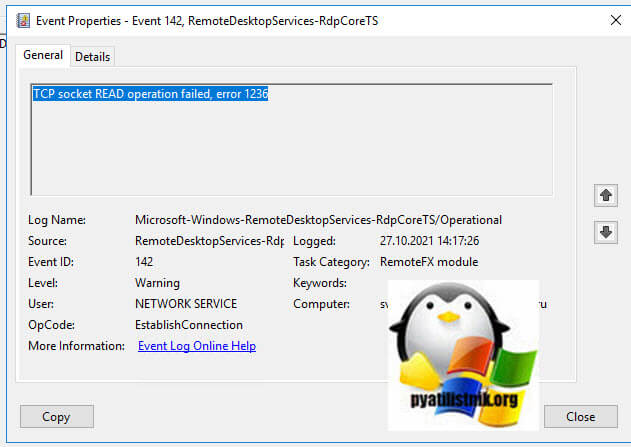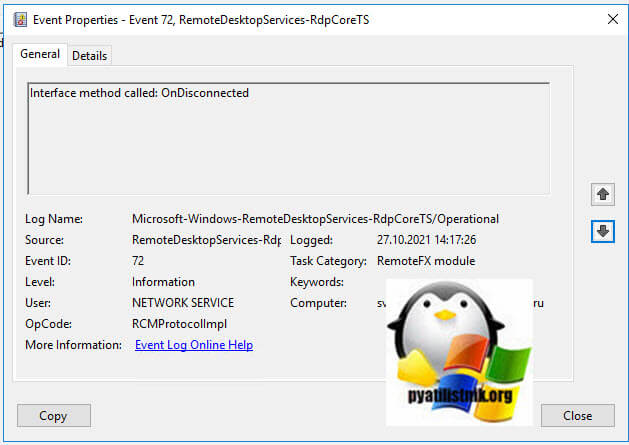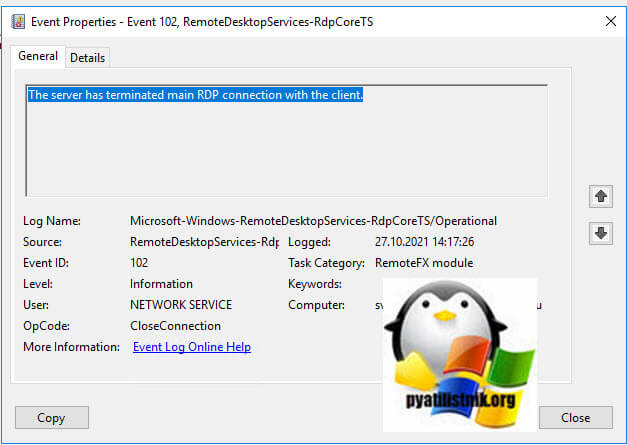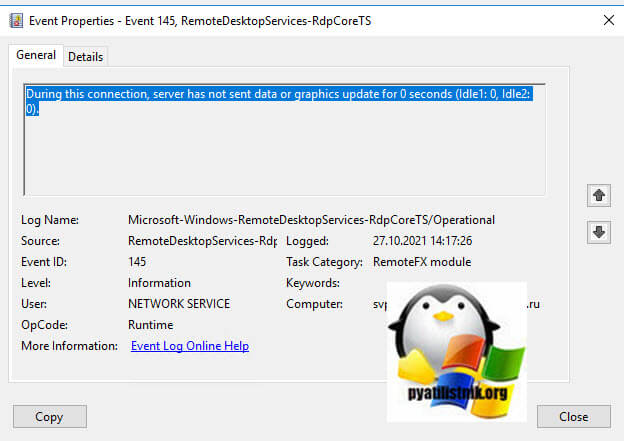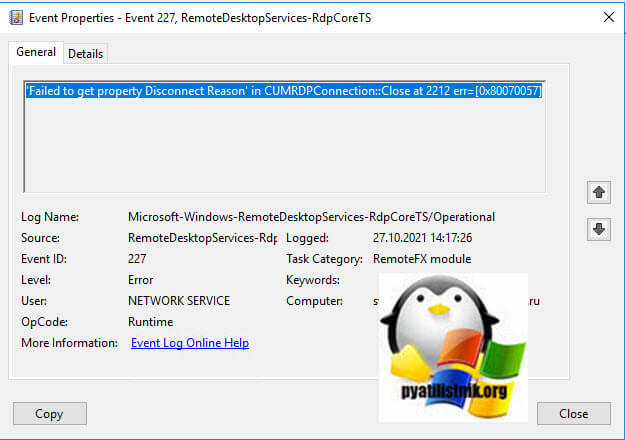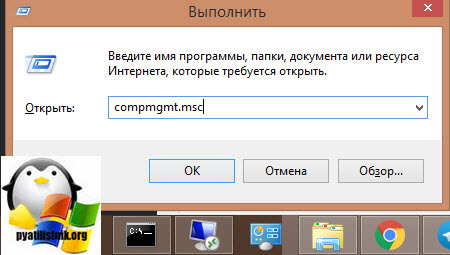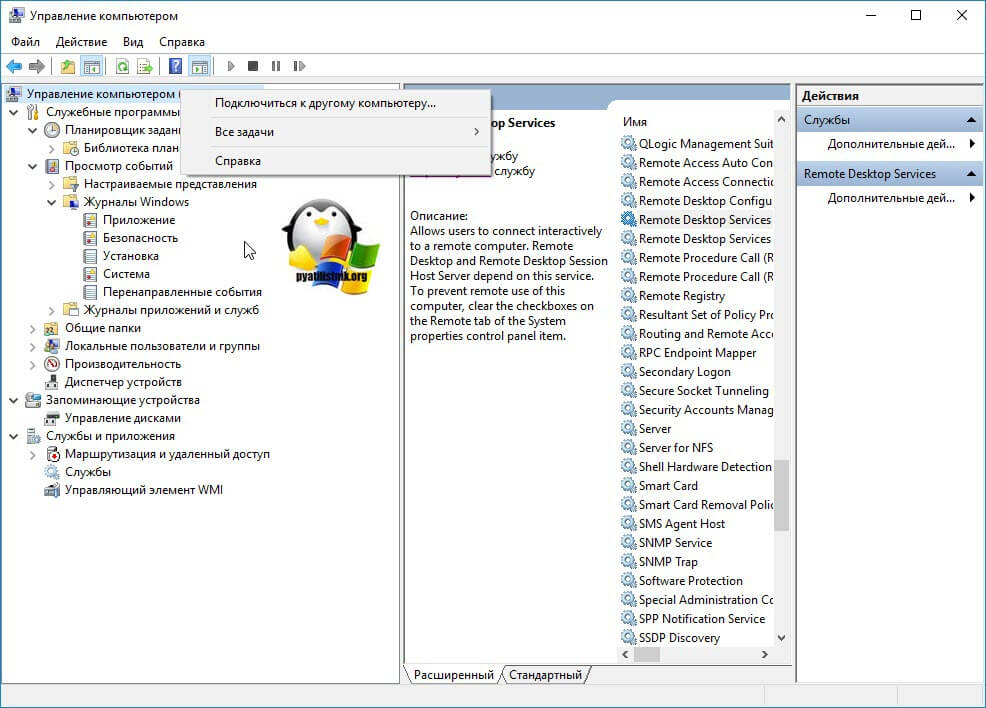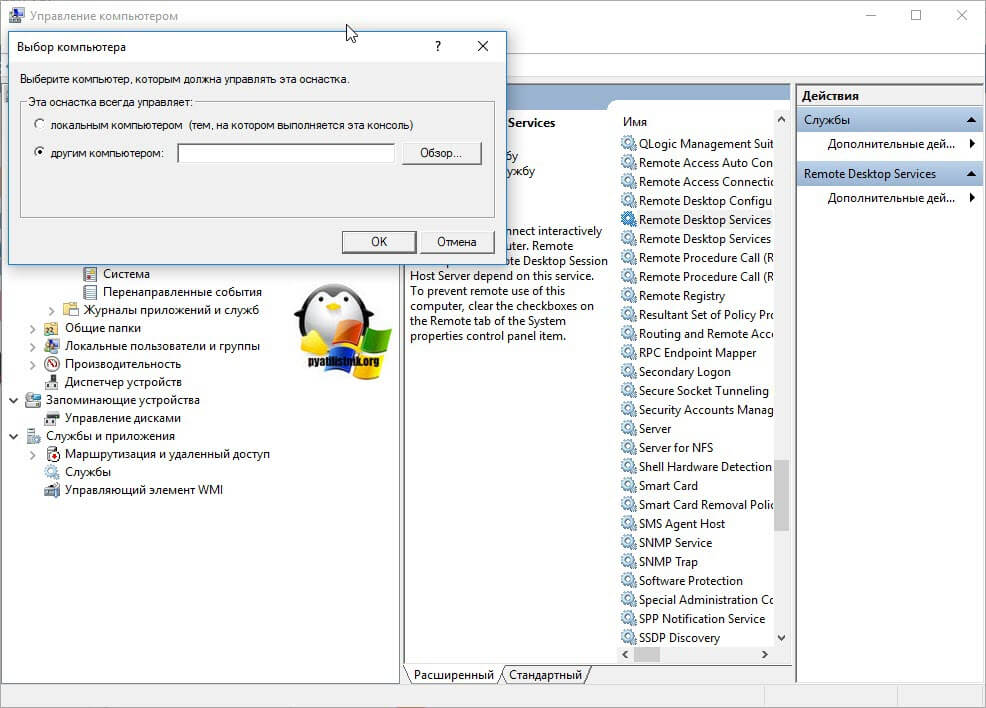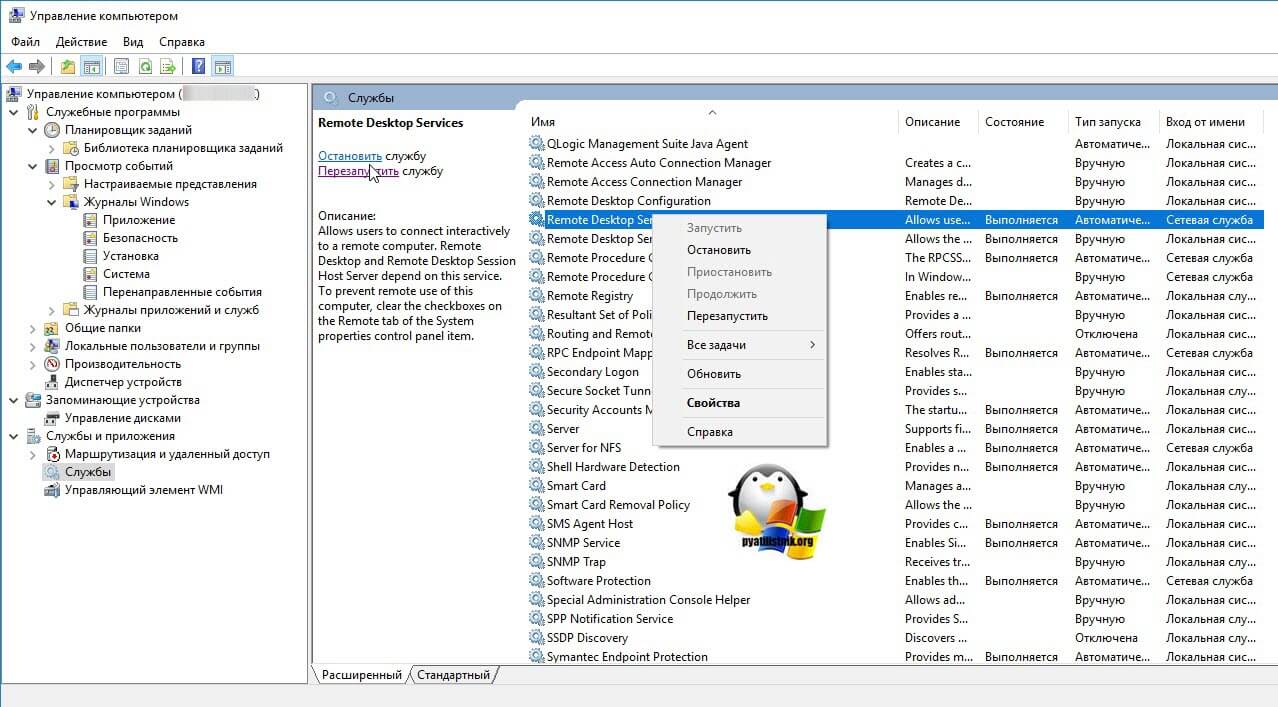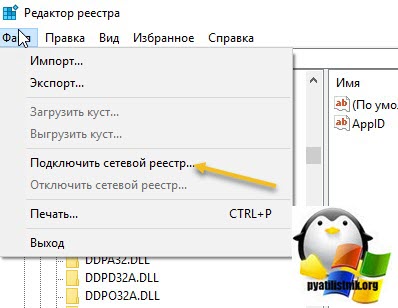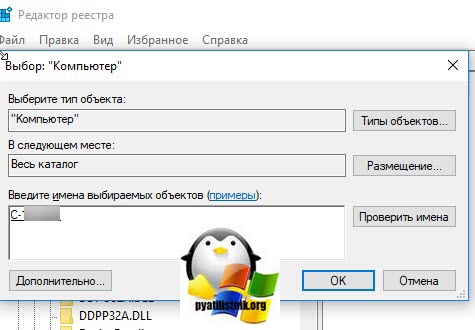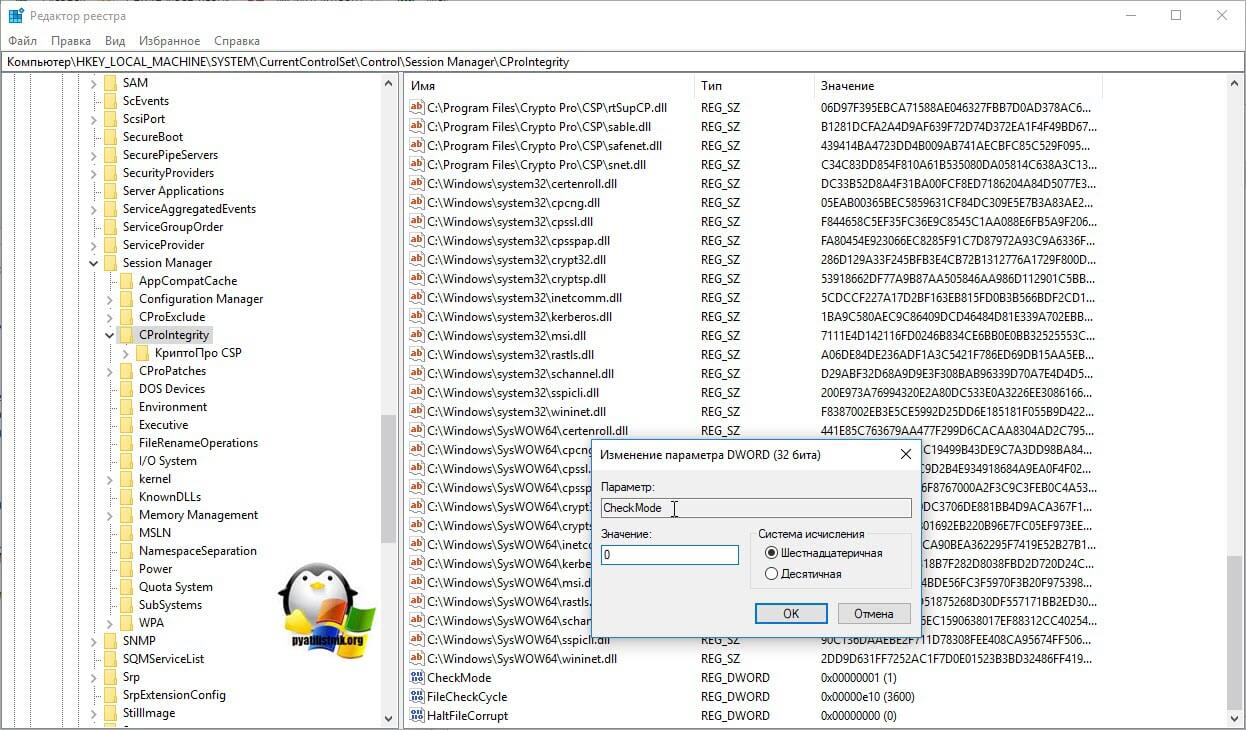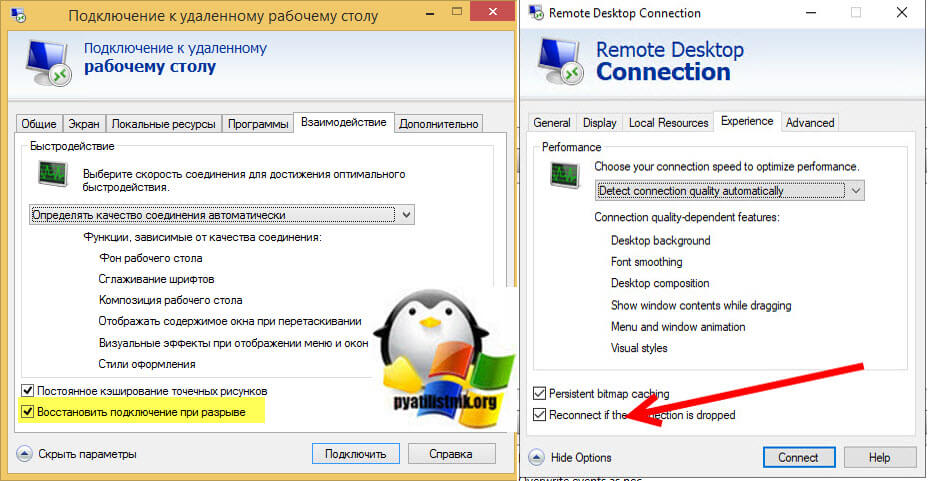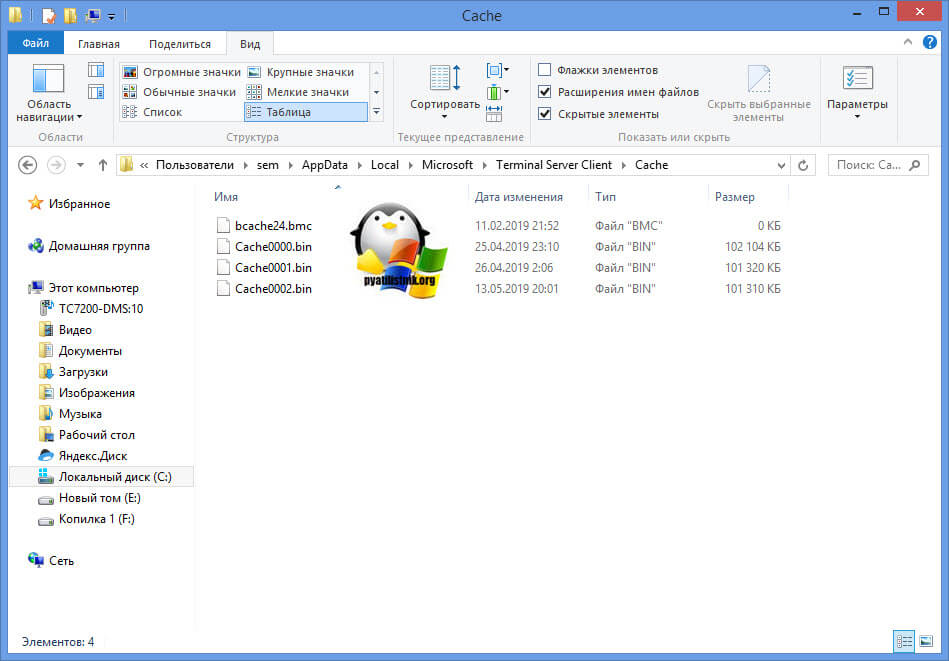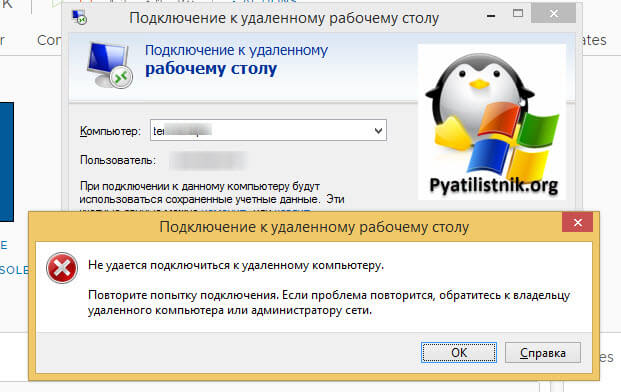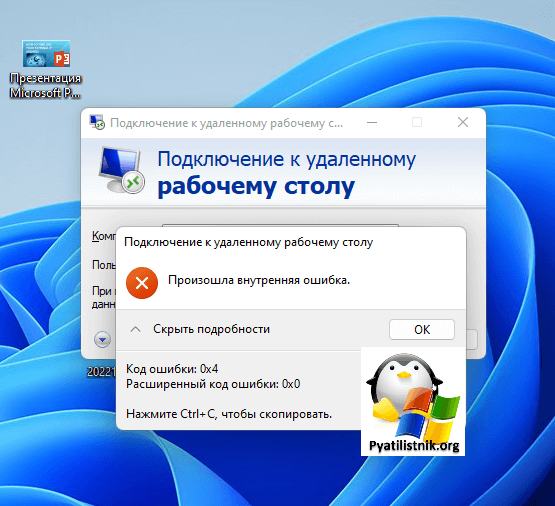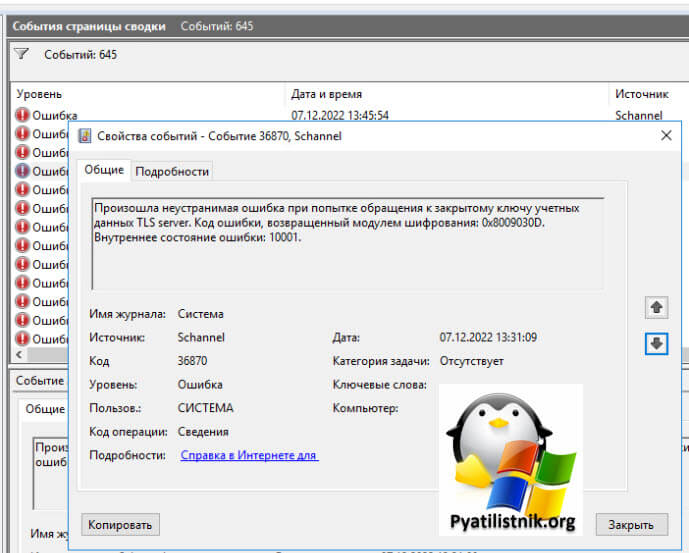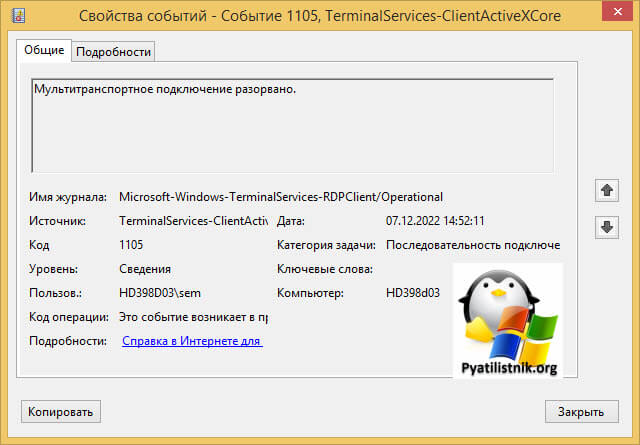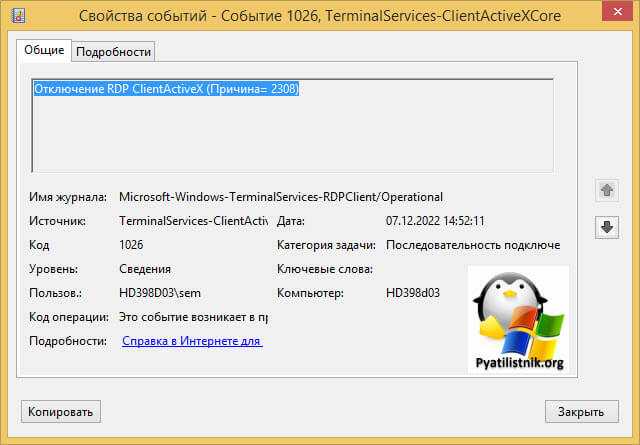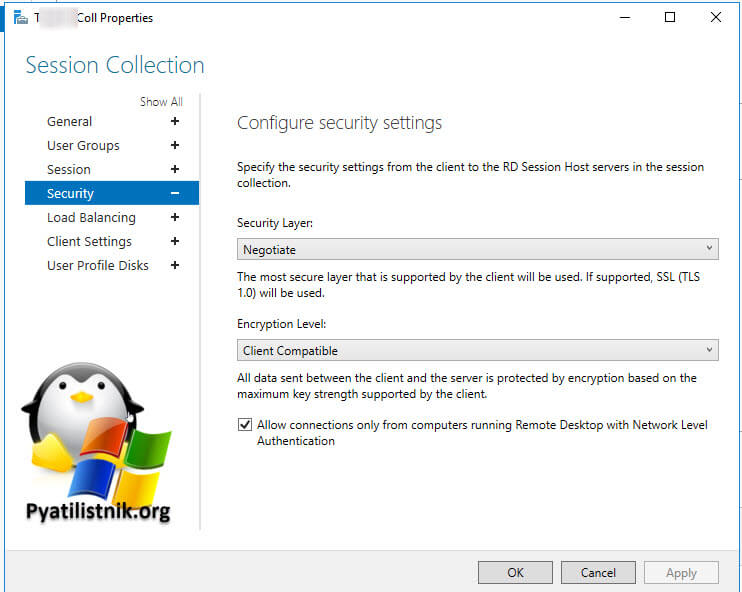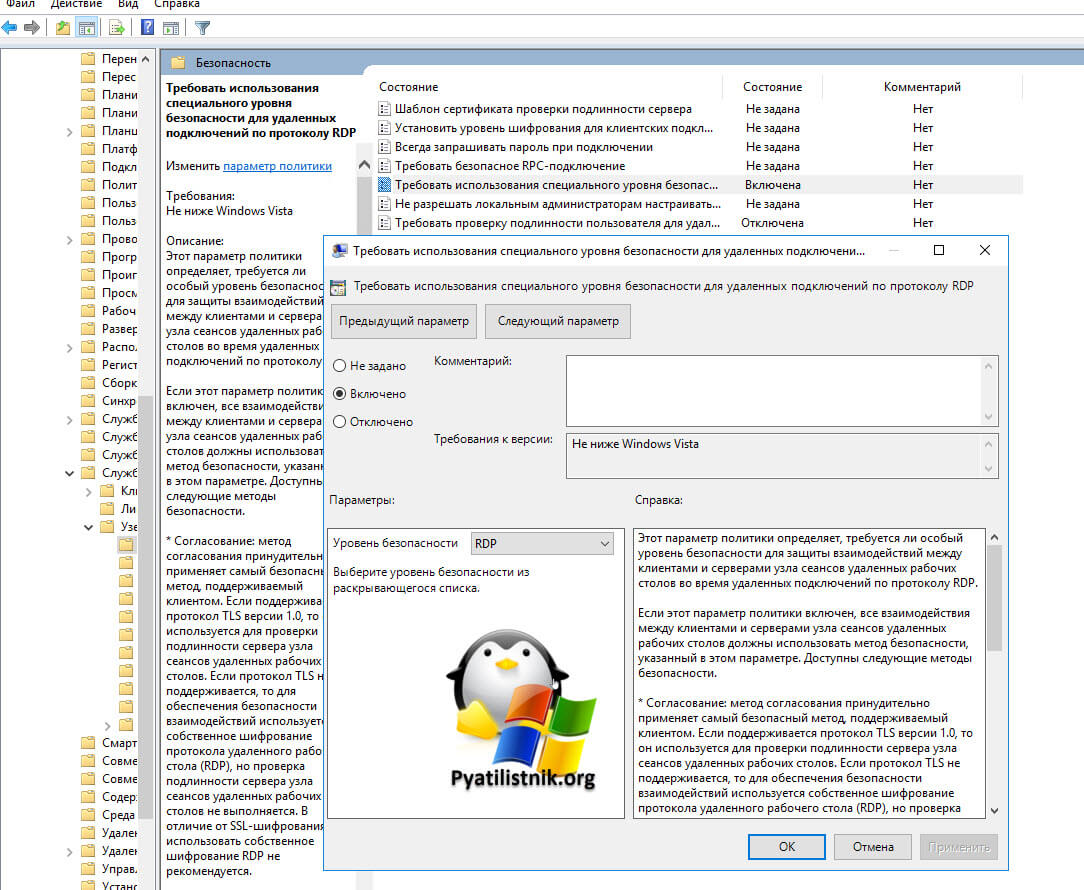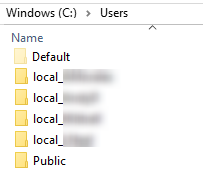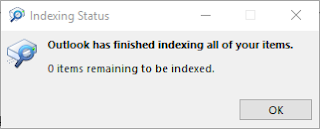- Remove From My Forums
-
Question
-
Hi,
I am tearing my hair out. I have a RD Gateway server that is pointing towards a RD Farm. I cannot connect to it using the Gateway. I keep getting the the following error in the TerminalServices-Gateway Operational log:
Log Name: Microsoft-Windows-TerminalServices-Gateway/Operational
Source: Microsoft-Windows-TerminalServices-Gateway
Date: 10/7/2014 10:56:02 AM
Event ID: 304
Task Category: (3)
Level: Warning
Keywords: (16777216)
User: NETWORK SERVICE
Computer: XXXXXXXXXXX.wbc.local
Description:
The user «XXXXXX», on client computer «XXX.XXX.XXX.XXX», met connection authorization policy and resource authorization policy requirements, but could not connect to resource «SyteLine.wbc.local». The following error occurred:
«23005».
Event Xml:
<Event xmlns=»http://schemas.microsoft.com/win/2004/08/events/event»>
<System>
<Provider Name=»Microsoft-Windows-TerminalServices-Gateway» Guid=»{4D5AE6A1-C7C8-4E6D-B840-4D8080B42E1B}» />
<EventID>304</EventID>
<Version>0</Version>
<Level>3</Level>
<Task>3</Task>
<Opcode>44</Opcode>
<Keywords>0x4000000001000000</Keywords>
<TimeCreated SystemTime=»2014-10-07T15:56:02.952172000Z» />
<EventRecordID>183</EventRecordID>
<Correlation />
<Execution ProcessID=»2428″ ThreadID=»3140″ />
<Channel>Microsoft-Windows-TerminalServices-Gateway/Operational</Channel>
<Computer>WBC-SLGW-01.wbc.local</Computer>
<Security UserID=»S-1-5-20″ />
</System>
<UserData>
<EventInfo xmlns=»aag»>
<Username>XXXXXXXXXXXXX</Username>
<IpAddress>XXX.XXX.XXX.XXX</IpAddress>
<AuthType>
</AuthType>
<Resource>SyteLine.wbc.local</Resource>
<ErrorCode>23005</ErrorCode>
</EventInfo>
</UserData>
</Event>Any ideas? Lots of googling has not helped
Thanks
Answers
-
Hi,
If you log on locally to the RD Gateway server and open mstsc, and you able to successfully connect to syteline.wbc.local?
You may want to use netmon/wireshark to capture the traffic between the RD Gateway and the target RDSH server and see if you can see what is happening when you attempt to connect.
-TP
-
Marked as answer by
Monday, October 20, 2014 8:59 AM
-
Marked as answer by
Обновлено 08.12.2022

Описание проблемы
Есть сервер с операционной системой Windows Server 2012 R2, сотрудник пытается к нему подключиться, через классическую утилиту «Подключение к удаленному рабочему столу», в момент авторизации, выскакивает окно с ошибкой «Произошла внутренняя ошибка».
В английском варианте ошибка звучит вот так:
An internal error has occurred
После этого у вас разрывается соединение. Когда мы видели моргающий экран по RDP, там хотя бы вы попадали на сервер и могли открыть диспетчер устройств, тут сразу все обрубается на корню. Давайте смотреть, что можно сделать.
🆘 Что есть в логах?
Если посмотреть журналы событий на удаленном сервере, куда вы пытаетесь подключиться, то там порядок событий будет такой:
События нужно искать в журнале Microsoft-Windows-RemoteDesktopServices-RdpCoreTS/Operational
- 1️⃣ Первым будет идти событие ID 131 «The server accepted a new TCP connection from client IP-адрес:60050.». Тут вы увидите IP-адрес с которого идет попытка входа.
- 2️⃣ Далее событие ID 65 «Connection RDP-Tcp#11 created «.
- 3️⃣ Затем событие 141 «PerfCounter session started with instance ID 11». Тут сессии будет назначен ID.
- 4️⃣ За ним будет идти ID 142 «TCP socket READ operation failed, error 1236».
- 5️⃣ Потом вы увидите ID 72 «Interface method called: OnDisconnected»
- 6️⃣ И же после этого вам покажут, что сервер разорвал подключение: «ID 102 The server has terminated main RDP connection with the client.»
- 7️⃣ В событии ID 145 так же появляются подробности «During this connection, server has not sent data or graphics update for 0 seconds (Idle1: 0, Idle2: 0).».
- 8️⃣ Могут быть события с ID 148 «Channel rdpinpt has been closed between the server and the client on transport tunnel: 0.» или «Channel rdpcmd has been closed between the server and the client on transport tunnel: 0.» или «Channel rdplic has been closed between the server and the client on transport tunnel: 0.»
- 9️⃣ Ну и вишенка на торте, ошибка ID 227 «‘Failed to get property Disconnect Reason’ in CUMRDPConnection::Close at 2212 err=[0x80070057]»
Исправляем ошибку «Произошла внутренняя ошибка»
Так как по RDP подключиться не получается, то первым делом нужно проверить отвечает ли порт, по умолчанию это 3389. О том, как проверить порт на удаленном сервере я вам описывал, там все сводилось к выполнению команды Telnet, ознакомьтесь. Если порт отвечает, то делаем следующее.
Нужно удаленно перезапустить службу на этом сервере, чтобы сам сервер не перезагружать, так как в этот момент, он может выполнять важные задачи, можно использовать утилиту «Управление компьютером». Открыть ее можно через команду вызова оснастки, вызываем окно «Выполнить», через одновременное нажатие клавиш WIN и R, в котором пишем:
В открывшейся оснастке, щелкните в самом верху по пункту «Управление компьютером» правым кликом мыши, и выберите пункт «Подключиться к удаленному компьютеру».
Выберите пункт «Другим компьютером» и укажите его DNS имя, или найдите его через кнопку обзор.
Когда вы подключитесь к нужному серверу, перейдите в пункт «Службы и приложения — Службы», в списке сервисов найдите службу удаленных рабочих столов (Remote Desktop Services), и перезапускаем ее. После этого ошибка подключения по RDP «Произошла внутренняя ошибка», у вас должна пропасть.
Так же вы можете использовать оболочку PowerShell запущенную от имени пользователя, у которого есть права на удаленный сервер, где будет перезапускаться служба RDP. Выполните:
Get-Service TermService -ComputerName Имя сервера | Restart-Service –force –verbose
Дополнительные методы решения
Если вам не помог первый метод, перезапускающий службу удаленных рабочих столов, то можно попробовать выполнить правку реестра. Открываете редактор реестра Windows, если у вас физического доступа к серверу нет или он далеко и вам лень до него идти, то можно попробовать подключиться к реестру удаленного сервера.
Для этого в окне «Редактор реестра» пункт меню «Файл — Подключить сетевой реестр».
В открывшемся окне «Выбор компьютера» указываем его DNS-имя или ip-адрес и нажимаем ок. У вас будет установлено подключение к удаленному реестру сервера, что испытывает проблемы.
Находим ключ CheckMode по пути
HKEY_LOCAL_MACHINESYSTEMCurrentControlSetControl Session ManagerCProIntegrityCheckMode
Перед любыми правками реестра, обязательно сделайте выгрузку нужной ветки, чтобы можно было восстановить все в оперативном режиме
Выставляем ему значение о, чтобы отключить у программы КриптоПРО CSP проверку контрольных сумм. Еще один важный момент, если у вас старая версия КриптоПРО, то это так же может быть источником, проблем, недавний пример, это ошибка «Windows installer service could not be accessed». Для этого удаляем правильно КриптоПРО CSP и ставим последнюю доступную версию.
Еще можно попробовать изменить значение вот такого ключа реестра:
HKEY_LOCAL_MACHINESYSTEMCurrentControlSetControl Session ManagerMemory ManagementSessionImageSize
Найдите ключ SessionImageSize и задайте ему значение 0x00000020.
Дополнительные настройки RDP клиента
Например ошибка «An internal error has occurred» у меня встретилась на Windows Server 2022 и там мне помогло в настройках клиента RDP отключение некой опции. Перейдите в дополнительные настройки клиента для удаленного подключения, где н вкладке «Experiens (Взаимодействие)» вам нужно убрать галку с опции «Восстановить подключение при разрыве (Reconnect if the connection is droped)«
На каких-то сайтах предлагалось именно активировать данный пункт.
Удаление кэша подключений
Еще одним методом решения внутренней ошибки подключения по RDP может выступать поврежденный кэш, который хранится на локальном компьютере пользователя. Для его отображения вам необходимо включить отображение скрытых папок и удалить содержимое папки:
C:Usersимя пользователяAppDataLocalMicrosoftTerminal Server Client
Обновление 07.12.2022
В декабре я вновь столкнулся с внутренней ошибкой, она еще стала проявлять себя вот так:
Не удается подключиться к удаленному компьютеру
Произошла внутренняя ошибка. Код ошибки: 0x4. Расширенный код ошибки: 0x0
В логах сервера очень много ошибок:
Она возникает, при каждой попытке войти на рабочий стол, это и есть проблема в моем конкретном случае. Устраните ее, и ошибка с подключекнием уйдет. Перезагрузка не нужна.
Данная ошибка говорит, что на тот сертификат, что использует удаленный сервер, нет прав у самого сервера, подробности выше по ссылке
На клиентской машине откуда я пытался произвести подключение было три события:
ID 1024: Выполняется подключение RDP ClientActiveX к серверу (ter104)
ID 1105: Мультитранспортное подключение разорвано.
ID 1028: Отключение RDP ClientActiveX (Причина= 2308)
Код 2808 — Ваш сеанс служб удаленных рабочих столов завершен. Соединение с удаленным компьютером было потеряно, возможно, из-за проблем с сетевым подключением. Попробуйте снова подключиться к удаленному компьютеру. Если проблема не исчезнет, обратитесь к сетевому администратору или в службу технической поддержки.
Так как у меня это была виртуальная машина, то я смог легко подключиться через консоль. В случае с ошибкой «Отключение RDP ClientActiveX (Причина= 2308)«, я отключил на сервере и клиенте autotuninglevel:
netsh interface tcp set global autotuninglevel=disabled
Не забываем перезагрузиться.
Это не помогло, далее я выполнил еще несколько рекомендаций. Я установил на сервер валидный SSL сертификат для RDP сессии. В ошибке 0x907, RDP соединение разрывалось, так как клиентская система не доверяла самоподписному сертификату удаленного сервера. Это нужно поправить, ссылку я указал, обязательно проверьте, кто сейчас выступает в роли активного:
Get-WmiObject «Win32_TSGeneralSetting» -Namespace rootcimv2terminalservices -Filter «TerminalName=’RDP-tcp'»
Еще я создал параметр реестра MaxOutstandingConnections. В Windows по умолчанию есть ограничения на количество сетевых подключений, так например в серверной версии, это параметр равен 3000, в десктопной 100. Из-за нестабильной сети, они могут быстро забиваться. Одно из решений проблемы с внутренней ошибкой подключения, является увеличение этого значения. В командной строке в режиме администратора выполните:
REG ADD «HKLMSYSTEMCurrentControlSetControlTerminal Server» /v MaxOutstandingConnections /t REG_DWORD /d 65536
New-ItemProperty -Path «HKLM:SYSTEMCurrentControlSetControlTerminal Server»
-Name MaxOutstandingConnections -Value 10000 -PropertyType DWORD -Force
После этого нужно перезагрузиться.
Временное решение
Пока вы не уберете ошибку «Код ошибки, возвращенный модулем шифрования: ошибка 0x8009030D», описанную выше, вы можете понизить уровень безопасности вот такими манипуляциями, это устранит «An internal error has occurred».
На обычном сервере все это помогло, а вот на ноде RDSH ошибка оставалась. Тут я решил проверить догадку с уровнем безопасности «Configure security settings». На моей ферме был уровень «Согласования (Negotiate)«
Я пошел на сервер, где были проблемы подключения и решил проверить один параметр локальной политики gpedit.msc.
Конфигурация компьютера — Административные шаблоны- Компоненты Windows — Службы удаленных рабочих столов — Узел сеансов удаленных рабочих столов — Безопасность — Требовать использование специального уровня безопасности для удаленных подключений по протоколу RDP
Тут попробуйте выставить уровень RDP. В результате у меня после этих настроек все заработало. Теперь нужно понять, что изменилось. В настройках RDS фермы указано, что мы используем уровень согласование:
* Согласование: метод согласования принудительно применяет самый безопасный метод, поддерживаемый клиентом. Если поддерживается протокол TLS версии 1.0, то он используется для проверки подлинности сервера узла сеансов удаленных рабочих столов. Если протокол TLS не поддерживается, то для обеспечения безопасности взаимодействий используется собственное шифрование протокола удаленного рабочего стола (RDP), но проверка подлинности сервера узла сеансов удаленных рабочих столов не выполняется. В отличие от SSL-шифрования, использовать собственное шифрование RDP не рекомендуется.
Если и это вам не помогло, то нужно смотреть вариант в сторону обновления или переустановки драйверов на сетевую карту, тут вы определяете модель вашей карты или материнской платы, если в нее все интегрировано и обновляете. С вами был Иван Семин, автор и создатель IT портала Pyatilistnik.org.
Дополнительные ссылки
- https://serverfault.com/questions/934026/windows-10-pro-rdp-server-an-internal-error-has-occurred
- https://social.technet.microsoft.com/Forums/en-US/e1d60cc0-0096-4859-a0e7-eb7f11905737/remote-desktop-v10-error-0x4-from-mac?forum=winRDc
- https://learn.microsoft.com/en-us/answers/questions/108219/can-not-rdp-to-2012-r2-standard-server-after-septe.html
- https://serverfault.com/questions/541364/how-to-fix-rdp-on-windows-server-2012
Hi,
We have a simple setup here but we have a problem with users have intermittent connection issues. The event log isn’t the most helpful so I was wandering if anyone here can point me in the right direction. In lamens terms this is my issue.
We have a Kemp load balancer to two RDS gateways and then our RDS connection broker then our RDS hosts. All are Windows Server 2016.
Daily we get issues from remote working users that when they first connect they get the configuring connecting dialog box (after all the authentication) and it just stays there and either times out or the user just cancels. When they click on the RDP icon
and attempt to connect a second time, it works fine and logs straight in.
I understand there are many factors (user internet connection etc) but we (IT) have ourselves, in the evening gone home and tested it and get the same issue. spinning circle on configuring, cancel it or wait until it times out, try again and straight in.
Is there anywhere you can tell me where I can look like a RDS log where I can see exactly what it is doing so I can get to the bottom of this issue?
On a side note I can see in the «TerminalServices-Gateway» log on one of the gateway servers, I keep seeing this warning and error (same time) against a mixture of users, daily;
Warning: The user «domainuser1», on client computer «IP address», met connection authorization policy and resource authorization policy requirements, but could not connect to resource «RDS Host 4». Connection protocol
used: «UDP». The following error occurred: «23005».
Error: The user «domainuser1», on client computer «User IP address», failed connection to the remote server «RDS Host 4» using UDP proxy. The following error occurred : «2147965405».
Now, I dont know if this is related to what everyone is experiencing but it doesnt show this error and warning for everyone who has the two attempt connecting issue. I just put that in to see if it helps.
I just want to know if there is anywhere I can see exactly what is happening when connecting (RDS logs etc).
Any help is much appreciated.
Regards
Setup: Virtualization Host — Physical Dell PowerEdge R540 w 192gb RAM, 2x Xeon procs (cant remember the model, 16 cores total) running Win Server 2016 + Hyper-V
Service RD Gateway, RD Broker, RD Web Access, RD Licencing — One VM running on the Virtualization Host. Windows Server 2016, 16gb RAM, 4CPU cores.
Right now I have only have 10 Windows 10 VMs spun up.
Problem #1: At seemingly random intervals, users are unable to connect to their VM via their physical Wyse thin client terminal. After logging in, the client contacts the broker, attempts
to sign into the machine and then says «RD Failed». After rebooting the broker server things go back to normal for a few hours, then the «RD Failed» messages return again.
The weird thing: everything works fine if they try to connect from RD Web Access.
Problem #2: Again, at seemingly random intervals, users are receiving messages when logging into their terminals saying: «The requested session access is denied.»
The weird thing: this is only sometimes, and usually goes away if they either a) leave the error message on their screen or b) exit and try again.
I’m honestly not sure where to go from here. I thought it could be a policy or permission issue but it only does it sometimes?
Event Viewer messages collected when experiencing problem #1:
The user «DOMAINUSER», on client computer «10.10.12.41», met connection authorization policy and resource authorization policy requirements, but could not connect to
resource «COMPUTERNAME.DOMAIN.COM». Connection protocol used: «HTTP». The following error occurred: «23005».
The user «DOMAINUSER», on client computer «192.168.4.231», met RD resource authorization policy (RD RAP) requirements but the network resource «10.25.20.197;10.25.20.197»
did not meet the requirements, so the connection was not authorized. Try connection to another network resource or possibly lower RD Gateway security by modifying the RD RAP requirements for the connection to be authorized.
RD Connection Broker failed to process the connection request for user DOMAINUSER. Error: Element not found.
RD Connection Broker failed to process the connection request for user DOMAINUSER. Load Balancing failed OR Specified endpoint could not be found. Error: Element not found.
Again, after a reboot of the broker/gateway server, everything is back to normal for a few hours.
I’m so lost.
Setup: Virtualization Host — Physical Dell PowerEdge R540 w 192gb RAM, 2x Xeon procs (cant remember the model, 16 cores total) running Win Server 2016 + Hyper-V
Service RD Gateway, RD Broker, RD Web Access, RD Licencing — One VM running on the Virtualization Host. Windows Server 2016, 16gb RAM, 4CPU cores.
Right now I have only have 10 Windows 10 VMs spun up.
Problem #1: At seemingly random intervals, users are unable to connect to their VM via their physical Wyse thin client terminal. After logging in, the client contacts the broker, attempts
to sign into the machine and then says «RD Failed». After rebooting the broker server things go back to normal for a few hours, then the «RD Failed» messages return again.
The weird thing: everything works fine if they try to connect from RD Web Access.
Problem #2: Again, at seemingly random intervals, users are receiving messages when logging into their terminals saying: «The requested session access is denied.»
The weird thing: this is only sometimes, and usually goes away if they either a) leave the error message on their screen or b) exit and try again.
I’m honestly not sure where to go from here. I thought it could be a policy or permission issue but it only does it sometimes?
Event Viewer messages collected when experiencing problem #1:
The user «DOMAINUSER», on client computer «10.10.12.41», met connection authorization policy and resource authorization policy requirements, but could not connect to
resource «COMPUTERNAME.DOMAIN.COM». Connection protocol used: «HTTP». The following error occurred: «23005».
The user «DOMAINUSER», on client computer «192.168.4.231», met RD resource authorization policy (RD RAP) requirements but the network resource «10.25.20.197;10.25.20.197»
did not meet the requirements, so the connection was not authorized. Try connection to another network resource or possibly lower RD Gateway security by modifying the RD RAP requirements for the connection to be authorized.
RD Connection Broker failed to process the connection request for user DOMAINUSER. Error: Element not found.
RD Connection Broker failed to process the connection request for user DOMAINUSER. Load Balancing failed OR Specified endpoint could not be found. Error: Element not found.
Again, after a reboot of the broker/gateway server, everything is back to normal for a few hours.
I’m so lost.
Exchange Server Field Notes
Свежие записи
Be in touch
Microsoft TMG 2010 RDS Publishing issue
Некрофилии пост. Словил забавный глючок на доживающем свое Microsoft Forefront Threat Management Gateway 2010. Развернута у меня внутри сети инфраструктура удаленных рабочих столов с блэкджеком и т.п. Доступ в сеть через Remote Desktop Gateway. Там тебе и CAP и RAP, все по-серьезному. И все это дело (RDGW в смысле) публикуется наружу через TMG. Классика жанра для 2008 года
Во время выполнения довольно ответственных работ по перенастройке инфраструктуры RDP, было создано временное правило, публикующее внутренний management-server (ну отдельный сервер для администраторов со всякими консолями и прочим) на одном из внешних интерфейсов. Правило выглядело безобидно:
Allow TCP 3389 from Remote Management Hosts to Management Server via External Network Adapter with IP-address 10.10.10.10
Т.е. становится понятно, что это обычное правило публикации. Оно работало, серверы RDS чинилисьпереконфигурировались. После их починки началось странное: нельзя было подключиться к серверу TMG с использованием RDGW. Причем сам сервер RDGW писал в логе:
Description: The user «COMPANYO.Krylov», on client computer «192.168.1.2», met connection authorization policy and resource authorization policy requirements, but could not connect to resource «tmg.company.ru». Connection protocol used: «RPC-HTTP». The following error occurred: «23005».
Попытки подключиться к TMG непосредственно с серверов RDGW так же оканчивались неудачей с невнятными комментариями.
Что делает настоящий айсавод? Правильно, проверяет IP-адреса серверов RDGW (те, кто не в курсе, как работает Remote Desktop Gateway, просто имейте ввиду, что подключение к серверу выполняется именно с них по TCP3389, проксируя подключения к ним по TCP443), лезет в консоль TMG и смотрит две вещи:
- System Policy в разрезе Terminal Services (включено ли, каким группам разрешен доступ)
Группы Remote Management Computers и Enterprise Remote Management Computers.
А там все в порядке
Что же, что же за глюк-то приключился? А приключилось вот что… Если набрать в командной строке Netstat /ano видим, что TCP3389 слушается ТОЛЬКО на 10.10.10.10 и не слушается ни на одном другом адресе. Окей, TMG! Убираем временное правило публикации RDS. И… Тот же результат. Рестартим сервисы Remote Desktop Services и Remote Desktop Services UserMode Port Redirector и видим, что теперь TCP3389 слушается на всех интерфейсах.
И это еще не все. Идем в оснастку Remote Desktop Session Host Configuration, выбираем в списке Connections то, что нам нужно (а скорее всего там будет один объект), в его свойствах на вкладке Network Adapter выбираем внутренний интерфейс и еще раз рестартим службы Remote Desktop. В итоге вы получаете возможность подключаться по RDP к серверу только из внутренней сети, хосты которой ограничены членством в группах TMG Remote Management Computers и Enterprise Remote Management Computers.
Источник
This forum has migrated to Microsoft Q&A. Visit Microsoft Q&A to post new questions.
Answered by:
Question
I am tearing my hair out. I have a RD Gateway server that is pointing towards a RD Farm. I cannot connect to it using the Gateway. I keep getting the the following error in the TerminalServices-Gateway Operational log:
Log Name: Microsoft-Windows-TerminalServices-Gateway/Operational
Source: Microsoft-Windows-TerminalServices-Gateway
Date: 10/7/2014 10:56:02 AM
Event ID: 304
Task Category: (3)
Level: Warning
Keywords: (16777216)
User: NETWORK SERVICE
Computer: XXXXXXXXXXX.wbc.local
Description:
The user «XXXXXX», on client computer «XXX.XXX.XXX.XXX», met connection authorization policy and resource authorization policy requirements, but could not connect to resource «SyteLine.wbc.local». The following error occurred: «23005».
Event Xml:
Any ideas? Lots of googling has not helped
Answers
If you log on locally to the RD Gateway server and open mstsc, and you able to successfully connect to syteline.wbc.local?
You may want to use netmon/wireshark to capture the traffic between the RD Gateway and the target RDSH server and see if you can see what is happening when you attempt to connect.
- Marked as answer by Dharmesh S Microsoft employee Monday, October 20, 2014 8:59 AM
Thank you for posting in Windows Server Forum.
To resolve this issue, ensure that Remote Desktop is enabled and that the user is a member of the Remote Desktop Users group on the target computer.
Please check that you have properly configured RD CAP and RD RAP policy for RD Gateway server. For remote clients to successfully connect to internal network resources (computers) through a Remote Desktop Gateway (RD Gateway) server, clients must meet the conditions specified in at least one Remote Desktop connection authorization policy (RD CAP) and Remote Desktop resource authorization policy (RD RAP).
TechNet Community Support
The farm is accessible inside the LAN — it’s the Gateway that is not working. The error message states:
The user «XXXXXX», on client computer «XXX.XXX.XXX.XXX», met connection authorization policy and resource authorization policy requirements, but could not connect to resource «SyteLine.wbc.local». The following error occurred: «23005».
So it looks like the RAP and CAP is working correctly
If you log on locally to the RD Gateway server and open mstsc, and you able to successfully connect to syteline.wbc.local?
You may want to use netmon/wireshark to capture the traffic between the RD Gateway and the target RDSH server and see if you can see what is happening when you attempt to connect.
- Marked as answer by Dharmesh S Microsoft employee Monday, October 20, 2014 8:59 AM
How is everything going? Could you please tell us the present situation? If you need any further assistance, please let us know.
TechNet Community Support
Thanks for posting in Windows Server forum.
As this thread has been quiet for a while, we will mark it as ‘Answered’ and if there is anything new to update we will let you know by following up this thread.
BTW, we’d love to hear your feedback about the solution. By sharing your experience you can help other community members facing similar problems.
Thanks for your Support & understanding!
TechNet Community Support
For future searchers.
I had this issue also. I was able to fix this by enabling the Remote Desktop setting in Server Manager > Local Server (on Windows Server 2012 R2). I verified that the connection is going through the Gateway using RD Gateway Manager.
I deployed a new collection of Windows10 VDI machines, initially I could connect and all was fine.
But after some time it reverted to its local policy of not allowing inbound RDP connections, so I just had to put in a new GPO to always allow RDP connections to virtual machines.
I was also pulling my hair out over this error. Almost all week. And at around the same time a number of other problems appeared, which all seemed unrelated.
When using RDWeb over the internet, and connecting to a resource (Session Host or VDI) on a separate server to the Connection Broker / Session Host (one server doing both), it would give the user an error and RD Gateway would log Event ID 304 with error 23005.
What I found was that a policy I set in place across all domain computers was the cause.
Computer ConfigurationWindows SettingsSecurity SettingsLocal PoliciesSecurity Options
Network security: Restrict NTLM: Outgoing NTLM traffic to remote servers
This was set to Deny all. And I then found these logs:
Event Log: NTLM
Event ID: 8001
«NTLM client blocked: Outgoing NTLM authentication traffic to remote servers that is blocked.
Target server: TERMSRV/ «
After changing that policy to Audit all everything worked again.
Источник
Использован протокол подключения http произошла следующая ошибка 23005
Вопрос
We have a simple setup here but we have a problem with users have intermittent connection issues. The event log isn’t the most helpful so I was wandering if anyone here can point me in the right direction. In lamens terms this is my issue.
We have a Kemp load balancer to two RDS gateways and then our RDS connection broker then our RDS hosts. All are Windows Server 2016.
Daily we get issues from remote working users that when they first connect they get the configuring connecting dialog box (after all the authentication) and it just stays there and either times out or the user just cancels. When they click on the RDP icon and attempt to connect a second time, it works fine and logs straight in.
I understand there are many factors (user internet connection etc) but we (IT) have ourselves, in the evening gone home and tested it and get the same issue. spinning circle on configuring, cancel it or wait until it times out, try again and straight in.
Is there anywhere you can tell me where I can look like a RDS log where I can see exactly what it is doing so I can get to the bottom of this issue?
On a side note I can see in the «TerminalServices-Gateway» log on one of the gateway servers, I keep seeing this warning and error (same time) against a mixture of users, daily;
Warning: The user «domainuser1», on client computer «IP address», met connection authorization policy and resource authorization policy requirements, but could not connect to resource «RDS Host 4». Connection protocol used: «UDP». The following error occurred: «23005».
Error: The user «domainuser1», on client computer «User IP address», failed connection to the remote server «RDS Host 4» using UDP proxy. The following error occurred : «2147965405».
Now, I dont know if this is related to what everyone is experiencing but it doesnt show this error and warning for everyone who has the two attempt connecting issue. I just put that in to see if it helps.
I just want to know if there is anywhere I can see exactly what is happening when connecting (RDS logs etc).
Источник
Использован протокол подключения http произошла следующая ошибка 23005
Вопрос
Setup: Virtualization Host — Physical Dell PowerEdge R540 w 192gb RAM, 2x Xeon procs (cant remember the model, 16 cores total) running Win Server 2016 + Hyper-V Service RD Gateway, RD Broker, RD Web Access, RD Licencing — One VM running on the Virtualization Host. Windows Server 2016, 16gb RAM, 4CPU cores.
Right now I have only have 10 Windows 10 VMs spun up.
Problem #1: At seemingly random intervals, users are unable to connect to their VM via their physical Wyse thin client terminal. After logging in, the client contacts the broker, attempts to sign into the machine and then says «RD Failed». After rebooting the broker server things go back to normal for a few hours, then the «RD Failed» messages return again.
The weird thing: everything works fine if they try to connect from RD Web Access.
Problem #2: Again, at seemingly random intervals, users are receiving messages when logging into their terminals saying: «The requested session access is denied.»
The weird thing: this is only sometimes, and usually goes away if they either a) leave the error message on their screen or b) exit and try again.
I’m honestly not sure where to go from here. I thought it could be a policy or permission issue but it only does it sometimes?
Event Viewer messages collected when experiencing problem #1:
The user «DOMAINUSER», on client computer «10.10.12.41», met connection authorization policy and resource authorization policy requirements, but could not connect to resource «COMPUTERNAME.DOMAIN.COM». Connection protocol used: «HTTP». The following error occurred: «23005».
The user «DOMAINUSER», on client computer «192.168.4.231», met RD resource authorization policy (RD RAP) requirements but the network resource «10.25.20.197;10.25.20.197» did not meet the requirements, so the connection was not authorized. Try connection to another network resource or possibly lower RD Gateway security by modifying the RD RAP requirements for the connection to be authorized.
RD Connection Broker failed to process the connection request for user DOMAINUSER. Error: Element not found.
RD Connection Broker failed to process the connection request for user DOMAINUSER. Load Balancing failed OR Specified endpoint could not be found. Error: Element not found.
Again, after a reboot of the broker/gateway server, everything is back to normal for a few hours.
Источник
Users cannot connect to remote desktop gateway Event ID 304
I got the error below when trying to connect to an remote desktop gateway.
Event ID 304
The user «DOMAINUser», on client computer «0.0.0.0», met connection authorization policy and resource authorization policy requirements, but could not connect to resource «remote.example.com». Connection protocol used: «HTTP». The following error occurred: «23005».
The solution was to create the internal DNS record pointing «remote.example.com» to the gateway. Looks like this item was accidentally skipped during setup.
Popular posts from this blog
FSLogix Troubleshooting guide
Have an issue you can’t solve? I offer consulting engagements and can be reached here: consulting[а 𝐭 ]amorales[․]org This article will cover some common issues I have ran into, and steps on how to resolve them. The guide should be followed in order since most of the advanced items are usually not the cause of a problem. If you just set up FSLogix, make sure that you followed every step under Deploying FSLogix Office 365 Containers and Deploying FSLogix Profile Containers Terminology ODFC = Office Data File Containers This is there Office (Outlook, Teams, Licensing) data is stored This can be used in conjunction with UPDs FSL Profiles Replacement for UPDs User profiles are stored here (Office data is stored in the ODFC) Cannot be used in conjunction with UPDs Non-Issues The items below should be ignored when troubleshooting Local_ files under C:Users If FSLogix profiles are enabled, these folders can be ignored. They will be deleted the next
Best Practices for Deploying User Profile Disks
Have an issue you can’t solve? I offer consulting engagements and can be reached here: consulting[а 𝐭 ]amorales[․]org Last Updated 2020-01-03 After months of testing I recommend deploying FSLogix Profile Containers instead of User Profile Disks. You can find my guide here . Some of the items below apply to FSL Profile Containers. User Profile Disks (UPDs) are great for load balanced RDS farms since it allows users to seamlessly roam from server to server. The goal of this article will be to configure the RDS and file servers in a way that maximizes performance and reduces the likelihood of UPD disconnects. I’ll keep this updated any time I find new improvements. Use FSLogix Before you even consider deploying UPDs you need to be aware of this limitation . On Server 2012 and 2016 (Server 2019 does not have this issue, but it doesn’t support Office ) the Windows Search index is machine wide. This means that when a UPD is disconnected the user’s index data is d
Deploying FSLogix Office 365 Containers
Have an issue you can’t solve? I offer consulting engagements and can be reached here: consulting[а 𝐭 ]amorales[․]org Updated 2020-04-27 This search portion of this guide does not apply to Server 2019 since it should roam the Windows search out of the box . However, you can still configure FSLogix to store Office 365 data. In my experience it is best to avoid mixing FSLogix and UPDs. My recommendation is to go with FSLogix Profiles and FSLogix ODFC. If you have dealt with User Profile Disks and Office 365 then you might know about the issues with search indexing. Every time a user signs out of the RDS their index is cleared and it has to be rebuilt the next time they sign in. The index will never fully rebuild once you have 5+ users on the server since it throttles itself. Recently I discovered FSLogix which resolves this issue with minimal configuration. FSLogix creates its own UPD that it uses to store Outlook, OneDrive, and search index data. It then tricks Windows in

